How to Open Task Manager & How to Use It?
- Dec 07, 2018
Each version of Windows Operating System has Task Manager, which provides information about running programs, processes, and services, as well as computer performance, network activity, and memory information.
It allows you to end processes, adjust priorities, and even shut down Windows. As you may know, it can be very helpful when you need to forcibly close an unresponsive program. I will show you how to access Task Manager in different ways, since they would probably come in handy someday.
How Do I Open Windows Task Manager?
There are four ways to do that, and it does not matter which you choose:
- Press “Ctrl + Alt + Delete” and click the “Task Manager” option.
- Press “Ctrl + Shift + Esc”
- Click the “Start” menu, select “Run”, and type in “taskmgr”.
- Right-click the “taskbar” and select the “Task Manager” option.
Just choose the one that works best for you. I prefer moving my mouse pointer down, right-clicking the taskbar and selecting “Task Manager”.
These Are What You Can Do with Task Manager
- Applications
The Applications tab does not include programs that are minimized in the System Tray, such as an antivirus software or a minimized instant messenger. Along the bottom of the window, you have three options: 1. End Task, 2. Switch to, and 3. New Task.
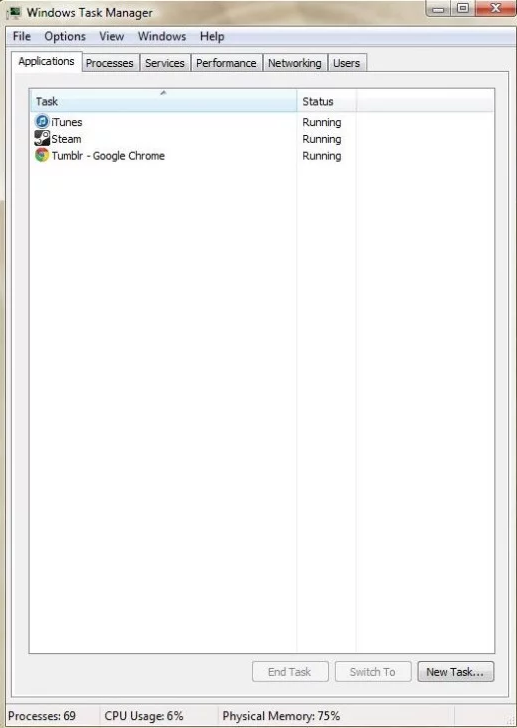
- Processes
Under this tab, these are all the programs that are active on your machine, from your antivirus to your web browser. This is where you can forcibly end an unresponsive program. You have two options here: 1. Show processes from all users, and 2. End Process.
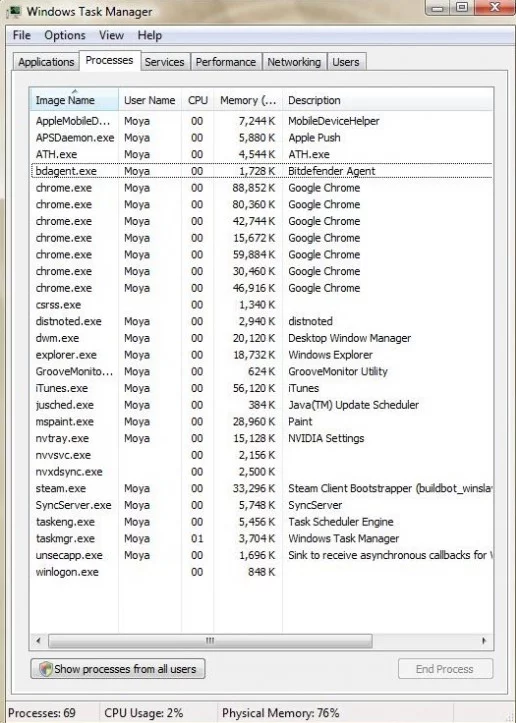
- Services
Services are background programs that often start when you turn on your computer, such as Windows Update, Windows Firewall, and Task Scheduler. You only have one option here: 1. Services.
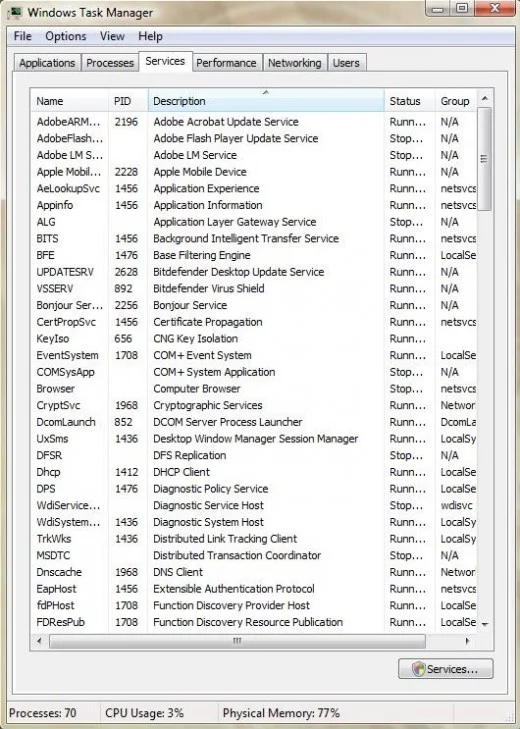
- Performances
This tab shows aspects of your computer system’s performance – how your computer is performing under the current services and tasks. You have five items here to view: 1. CPU Usage, 2. CPU Usage History, 3. Memory, 4. Physical Memory Usage History, and 5. Resource Monitor.
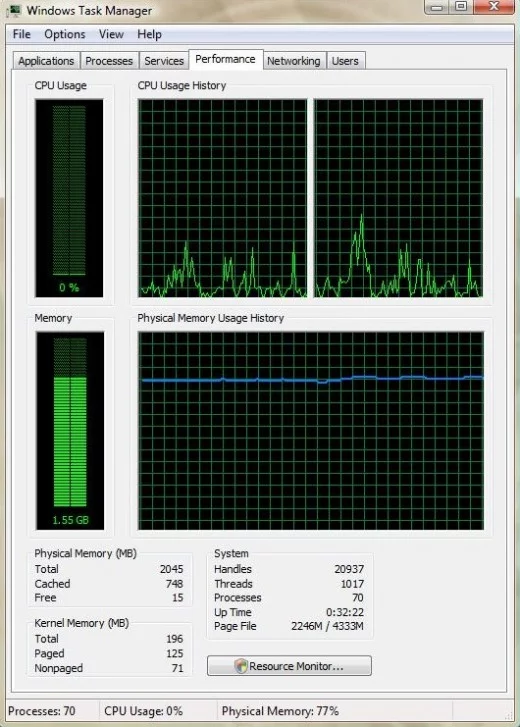
- Networking
The Networking tab shows the adaptors for each network on your computer, along with graphs displaying the current usage of each active network.
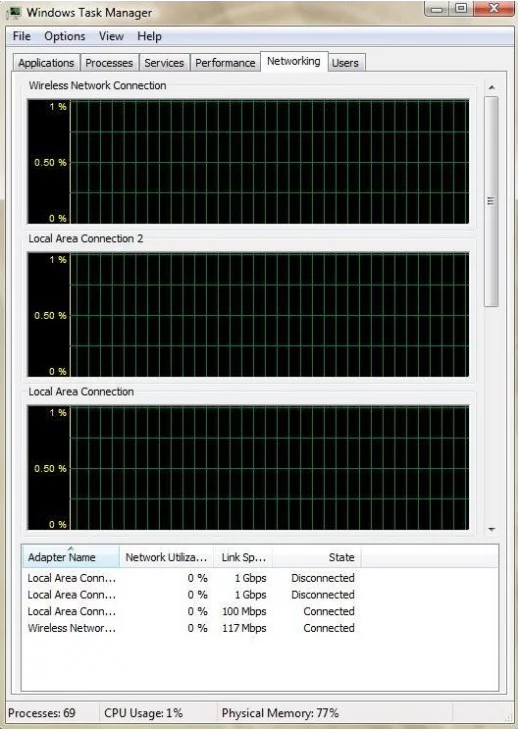
- Users
The final tab shows the active users profiles with an open session. Here you can do the these to another user: 1. Disconnect, and 2. Log Off.
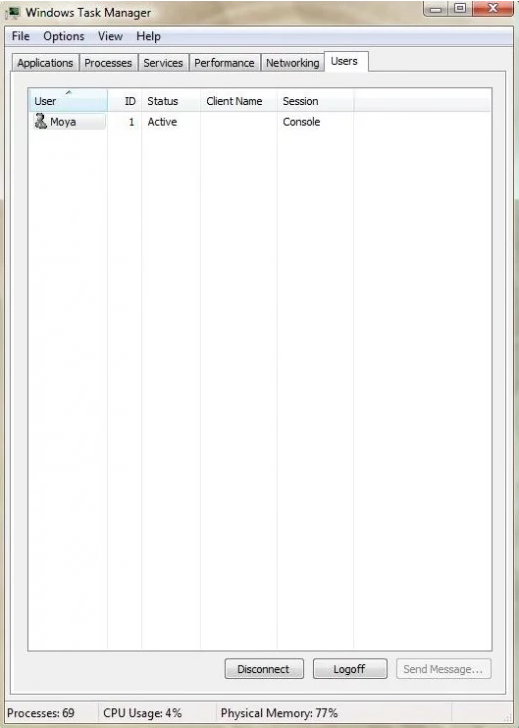
Did You Know?
The amount of active processes on your PC, your CPU usage, and your physical memory usage can always be seen at the bottom of the Windows Task Manager. It does not matter which tab you are under.
Popular Posts
- What Kind of Programs do You Think are Necessary in Windows 10?
- What’s SpyHunter and How to Fix the File Being Quarantined
- How to Forcibly Remove a Program That Won’t Uninstall in Windows
- 3 Tips to Remove a Program that Won’t Uninstall
- How To Uninstall Applications On Windows 10 – Program Removal Guides
- Tutorial: How to Remove & Uninstall Programs / Applications on Windows 7
Comments
You must be logged in to post a comment.